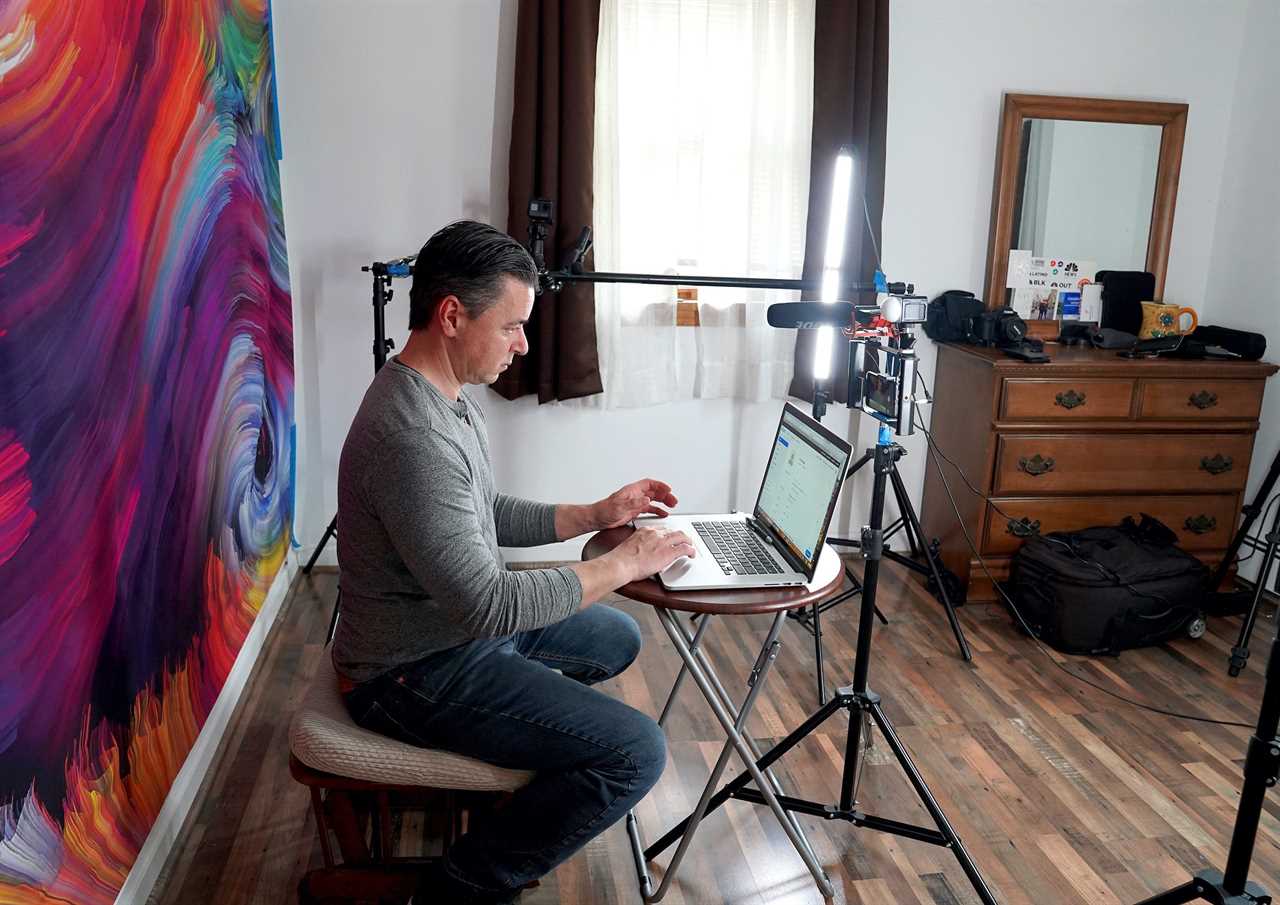
Eric Stringer/Getty Images
- Around half of American workers want a more rigid, 9-to-5 job, per a recent Gallup poll.
- Bosses, however, think many more employees want flexibility with work hours.
- This mismatch could amount to lower engagement and higher burnout.
Do you like to weave chores and personal time throughout your workday, even if it means being online a little later in the day?
Or do you prefer to focus only on work from nine to five and then log off?
Your answer could determine if you're a "blender" — who wants to have the flexibility to mix work and outside activities throughout the day — or a "splitter" — who wants better-defined boundaries between work and play.
Those two types of workers were defined by Gallup in research from 2022, and is important to know which you are so you can decide what kind of schedule works best for you and communicate that to your team.
A new Gallup poll released last Friday found a disconnect between want workers want and what bosses think they want. Researchers told Insider the solution to that is simple: talk about it.
"Most employees have probably never been asked how they prefer to work, and yet we know that when workers can work in a way that matches their preferred style, they are more likely to be engaged and less likely to burn out," Ryan Pendell, senior workplace science editor at Gallup, said.
Gallup found that workers are roughly split between the splitter and blender camps. But in a survey of Fortune 500 chief human resource offices, they found a mismatch between what CHROs think employees want for their work schedule and what employees actually want.
Among white-collar employees, 45% are splitters. Only 24% of CHROs thought their white-collar staff wanted such a rigid schedule. The gap was closer for production and front-line employees though still sizable at eight percentage points.
Blenders, on the other hand, made up 55% of the white-collar population, while managers thought they'd be 76%.
"For the past couple years, leaders have been working hard to woo remote workers back into the office," Pendell said. "That's likely put blender types in the forefront of their minds, even if blenders aren't necessarily the same as remote workers."
This suggests on the whole, employees want more defined work hours than their bosses anticipate. The 9-to-5 workday common prior to the pandemic may be making a comeback, and many bosses are unaware.
Many workers want to log off at 5 p.m. and not have to worry about their boss messaging them about a project or their company hosting happy hours. On the other hand, some may want to work a few hours in the morning, spend the afternoon with family, and then come back and finish the day's work at night.
Preferring remote work doesn't necessarily mean you're a blender, Pendell said. With a growing number of hybrid roles and a shift away from purely remote work opportunities, many workers in hybrid positions still desire boundaries and focus time.
When managers don't account for the work style preferences of their workers, it can lead to mismatches that can harm an organization's productivity. For instance, this could lower engagement and accelerate burnout and turnover.
"They may feel like nobody at work gets them as a person. It can feel like trying to be someone you're not, day in and day out," Pendell said. That's a recipe for burnout and quitting."
Pendell said that managers may assume that because they see their work style as ideal for the workplace, their staff also prefer it.
"We've known for a long time that workers today desire flexibility and autonomy in their work, but there's a large share of employees who want clear boundaries, too," Pendell said. "It should cause us to think deeper about what people mean when they say flexibility and autonomy."
Managers, though, have an obligation to ask themselves how they can position their talent such that everyone is performing at their best, Pendell said.
"Managers should understand themselves first," Pendell said. "They should recognize that their preferred way of working is a style, and that other styles can be equally productive and engaged."
Are you looking to go back to a 9-to-5 schedule after trying more flexible work? Do you still prefer having more flexible hours? Reach out to this reporter at [email protected].
Read More
By: [email protected] (Noah Sheidlower)
Title: The next big challenge for bosses: Find the perfect balance between rigid 9-to-5ers and employees who want a more flexible schedule
Sourced From: www.businessinsider.com/work-life-balance-expectations-flexible-work-boundaries-manager-boss-challenges-2023-9
Published Date: Sat, 16 Sep 2023 10:30:01 +0000
Did you miss our previous article...
https://trendinginbusiness.business/politcal/mr-nice-guy-elon-musk-was-originally-going-to-be-named-after-the-french-city-where-he-was-conceived-biography-says
.png)





